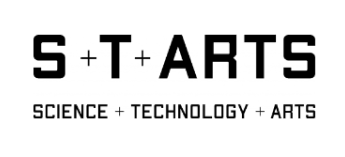Scenario 7: Food Beyond Food: what is food without its origin?
by Eleonora Ortolani
#AI-driven Quality Control Systems #Certification Tools #Biosensors #Traceability and Transparency Systems #Authentication #Food Safety
Here you can explore in detail the future scenario. Opportunities describe a potential for innovation that this scenario unfolds, considering specific technologies, context of application and industry. Scenario narrative gives a description of the scenario provided by the artist. You can also watch a Video to dive into the future world of the scenario, where the artist will guide you through. Trends of the scenario explore the current trends and developments on which the scenario is based. And finally Elements of the scenario provide artifacts, objects, personas and other elements from the future to immerse and discover the scenario.
OPPORTUNITIES
There are opportunities for companies to explore alternative food production methods in response to the challenges posed by the increasing global population and climate change. With the traditional emphasis on geographical origin diminishing, a chance arises for businesses to pioneer alternative food production methods. Innovations in food identity and quality standards become paramount, offering opportunities for businesses to establish new benchmarks and certifications in this evolving culinary frontier. Additionally, companies can develop technologies for standardizing food quality globally and ensuring transparency in the supply chain through traceability solutions.
SCENARIO NARRATIVE
The assessment of food and its quality has traditionally hinged on its geographical origin. Within the food industry, scrutiny and investigations into a product’s origin have played a crucial role in determining its quality. Prestigious products from various corners of the globe have been manufactured and exported as premium offerings, undergoing rigorous testing and certification as “protected and certified origin,” thereby elevating them to a status of luxury on our dining tables.
It is now the year 2044. The increasing global population and the environmental impact of climate change on conventional food production have compelled us to explore alternative resources for the food industry. Many staples that have long defined our cultural cuisine are now produced through lab-grown, hydroponic, and genetically modified methods. However, this approach standardizes food quality and characteristics globally, transcending geographical origins and traditions.
In a world where the best can be found anywhere, the concept of “authentic” is redefined. As food remains an anchor to traditions and community belonging, what is a national cuisine without the geographical ties we once knew? This transformation prompts contemplation on the essence of food, its identity, and cultural significance in a world where origin becomes a malleable concept.
VIDEO
TRENDS OF THE SCENARIO
Climate Change
The impact of climate change, marked by deforestation, desertification, water scarcity, overfishing, and aquatic pollution, is reducing available farmland and ocean resources. This poses a significant challenge to our reliance on the planet’s capacity for expanding cultivation areas. Simultaneously, a rapidly growing global population, expected to reach 10 billion soon, necessitates a shift in our approach, compelling us to seek alternative means beyond traditional natural resources for sustaining ourselves.
Genuine Fakes
As new technologies and scientific research progress, we are witnessing the emergence of alternative foods and food practices. Hydroponic systems, lab-grown foods, and highly precise food substitutes are poised to enter the market. The continuous advancements in genetic engineering, cellular cultivation, and vegetarian substitutes suggest that virtually every element in our food chain has the potential to be replicated outside its familiar origin.
Food Fraud
As primary resources become increasingly costly, food producers are compelled to maximise output with minimal investments. Consequently, a significant influx of food with non-nutritive components as inexpensive substitutes for genuine ingredients floods the market. Simultaneously, the authenticity of food origin is compromised, leading to instances of fraudulent representation. In some cases, products may claim to originate from a specific part of the world, masking the fact that they were produced under unethical labor conditions in a different region. In response to these challenges, consumers are becoming increasingly aware of such practices and are demanding greater transparency.
Edible Geography
Even though we can assert that the food industry is becoming increasingly globalised, with products having widespread reach, the traditional evaluation of food quality has remained significantly tied to its geographical origin. Despite this, the current focus of food analysts and certifications tends to prioritise geography over other critical factors, such as the ethical conditions under which the food is produced. M. O. Jones’ concept of “Gastronationalism,” which involves labelling food based on national origins to preserve it as part of a nation’s heritage, carries substantial implications for both politics and the environment. This practice is not only influenced by political and environmental considerations but, conversely, it also influences them.
Technology
In response to food safety and traceability concerns, technology is evolving to address these issues. Blockchain is emerging as a robust solution to ensure the traceability and authenticity of food products. Additionally, smart packaging technologies, such as sensors, are being integrated to monitor critical parameters in real-time, ensuring product integrity from production to consumption. Connected packaging, utilising NFC technology, allows consumers to access comprehensive information about a product, including its origin and safety standards. Laser technology plays a role in accurate marking and coding on packaging materials, aiding in tracking and tracing while supporting anti-counterfeiting efforts with intricate markings.
ELEMENTS OF THE FUTURE SCENARIO
ENVIRONMENT, EMERGENCIES, PUBLIC AWARENESS
In the year 2044, the anticipated impacts of climate change have materialised, resulting in a complete transformation of the planet. Vast expanses of land have succumbed to submersion or wildfires, unprecedented temperatures persist, disrupting the natural habitats of numerous plants, leading to their struggle for survival. Simultaneously, the global population has surged to nearly 10 billion people. Fortunately, in recent years, political decisions and heightened global awareness have paved the way for a radical overhaul of our food system—the facet most profoundly affected and one that directly influences life on Earth.Scientific research has developed efficient, low-carbon footprint techniques, including lab-grown foods, agricultural innovations, and precision fermentation. As a result of these changes in food production, significant transformations in the physical urban aspects of the world are now imminent.
GLOBAL FOOD REDISTRIBUTION
In response to the climate crisis, each country has instituted a shared emergency governmental institution known as the Global Food Redistribution Organisation (GFRO). The primary objective of this initiative is to restructure the production and distribution of food resources, acknowledging the transformative impact of alternative production methods on the traditional dynamics of importation and exportation. Distribution is also streamlined, eliminating the need for export or import of goods.

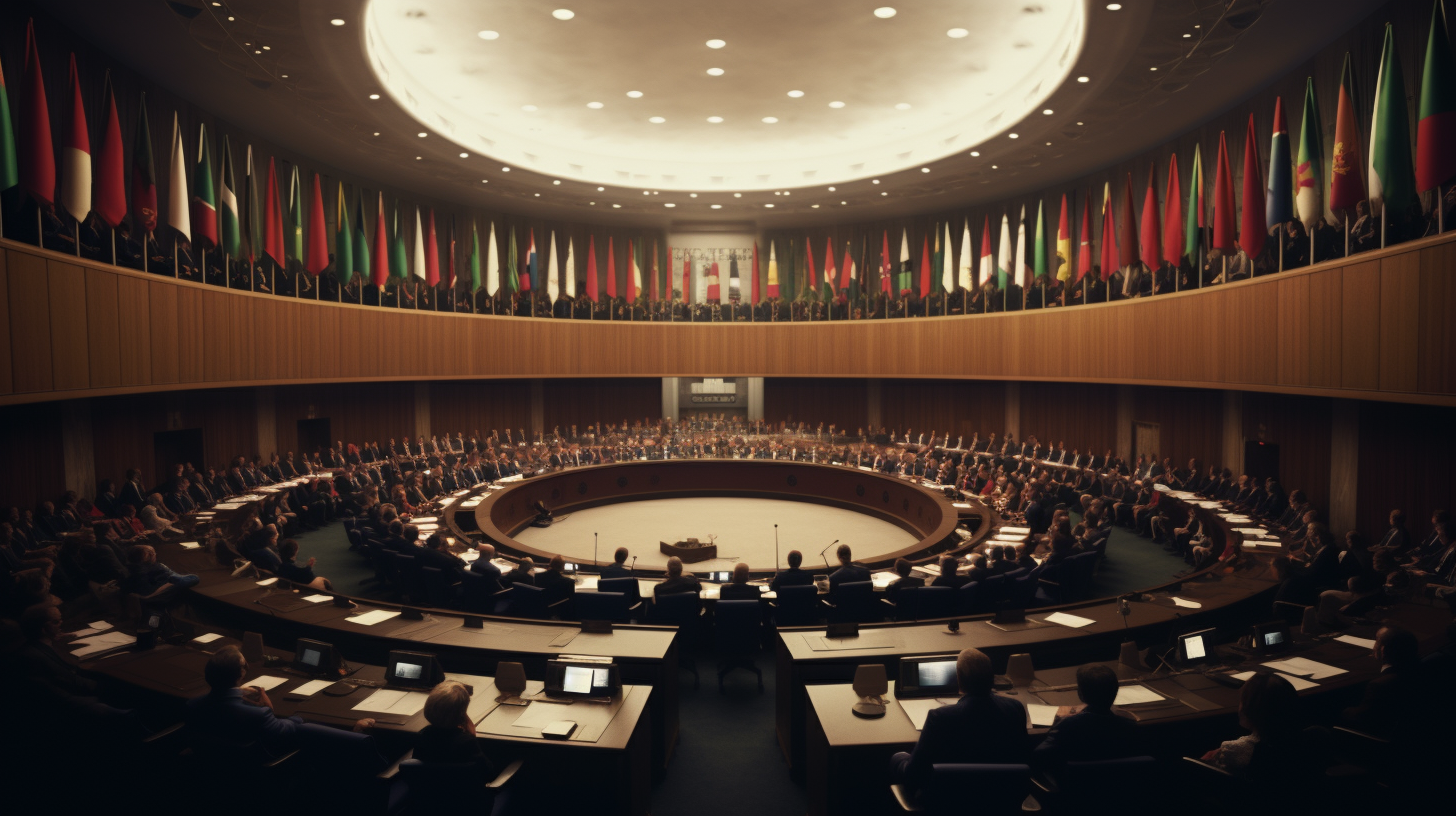
DE-EXTINCTION URBAN ACT
The recently approved De-Extinction Urban Act, gaining rapid worldwide acceptance as a common political agreement, is designed to facilitate a global redistribution of food production. In this urban plan poised for global adoption, each medium-populated city envisions a primary food production centre. Here, food is cultivated using new techniques or lab-grown methods, including innovative systems such as hydroponic and underwater agriculture implemented in vertical setups to optimise land utilisation, thereby replacing traditional field agriculture. Animal products and derivatives are also cultivated through lab-grown methods.This approach leads to a standardisation of food quality and characteristics on a global level, ensuring that every item is produced everywhere and at the highest possible quality, breaking away from the traditional notion of foods being uniquely tied to specific locations.
FOOD TESTING
The production of food has undergone a significant transformation, transitioning to centralised controlled environments, where testing procedures emphasising authenticity tied to a specific place have lost their prominence. Instead, food testing now places a primary focus on considerations for both planetary and human health. With an increased awareness of the sector’s impact on climate and the planet, controlling its carbon footprint has become a central concern. Quality has taken precedence over quantity: the food produced today is ten times more nutritious than the low-cost, mass-produced food consumed two decades ago, aiming to address the disparities in malnutrition and obesity. Food Forensics, originally dedicated to uncovering food fraud related to authenticity and traceability, has shifted its role to ensure the prevention of trafficking in real animals or wild plants. This transition signifies a departure from human-centric aspects to broader concerns involving environmental

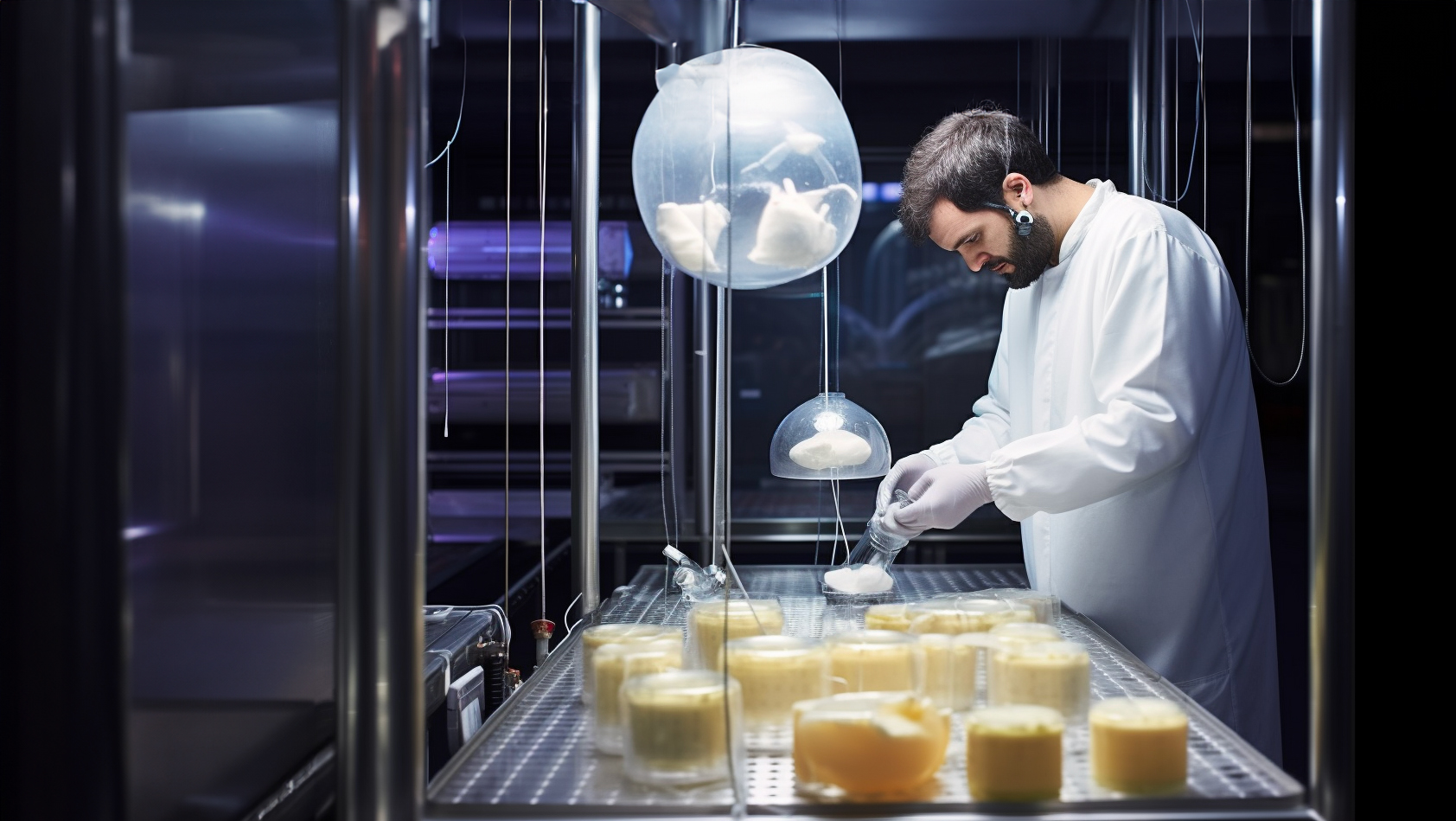
LOSS OF SOFT POWER
Throughout human history, food has consistently wielded “soft power,” intervening in political and social debates by narrating shared traditions from a common past within a group of people. Traditions, especially those centred around food, play a pivotal role in community identification, grounding individuals in their cultural roots. When traditions linked to specific origin foods are challenged or modified, individuals may question their connection to a cultural nation. In times of change, when novel situations demand the invention of traditions to preserve the past, politicians and governors grapple with the challenge of redefining the elements that bind nations together.
CULTURES FROM SCRATCH
The secret summit engages in discussions surrounding four undisclosed options, prompting two pivotal questions that shape the conversation: firstly, with the potential replicability of every food worldwide, is the continued import and export of goods still a meaningful endeavour? Secondly, in a landscape where the concept of terroir loses significance, can policies effectively preserve the locality of designated origin foods, or is it more pertinent to shift focus towards the traditions of eating and cooking, transcending individual ingredients? Can we craft a new global culture grounded in universally available food, to avoid the confrontation between cultures that brought to physical conflicts in the past, avoiding at the same time that one culture persists over another? A central and profound dilemma persists: What is the intrinsic nature of food without its origin?
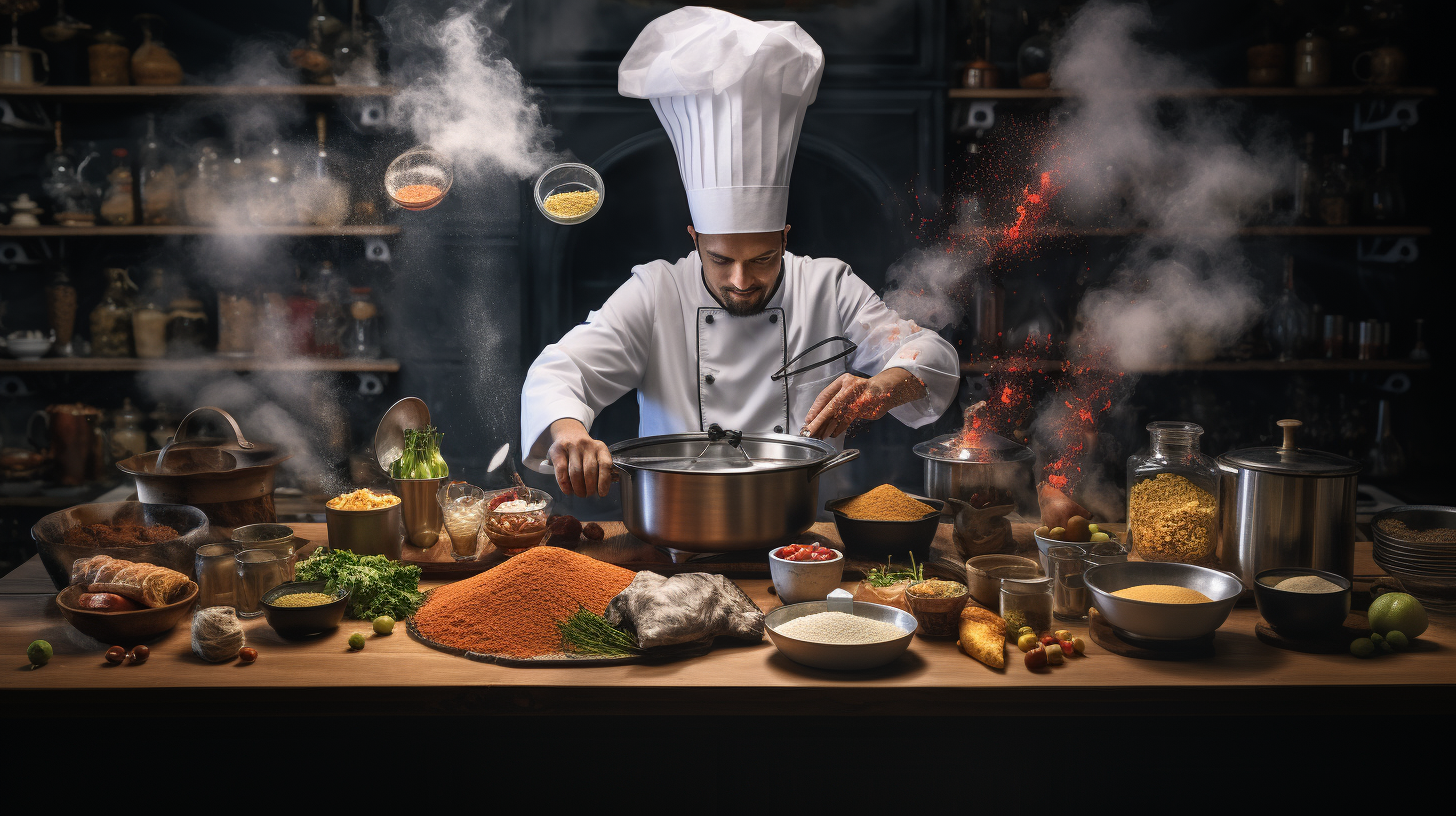
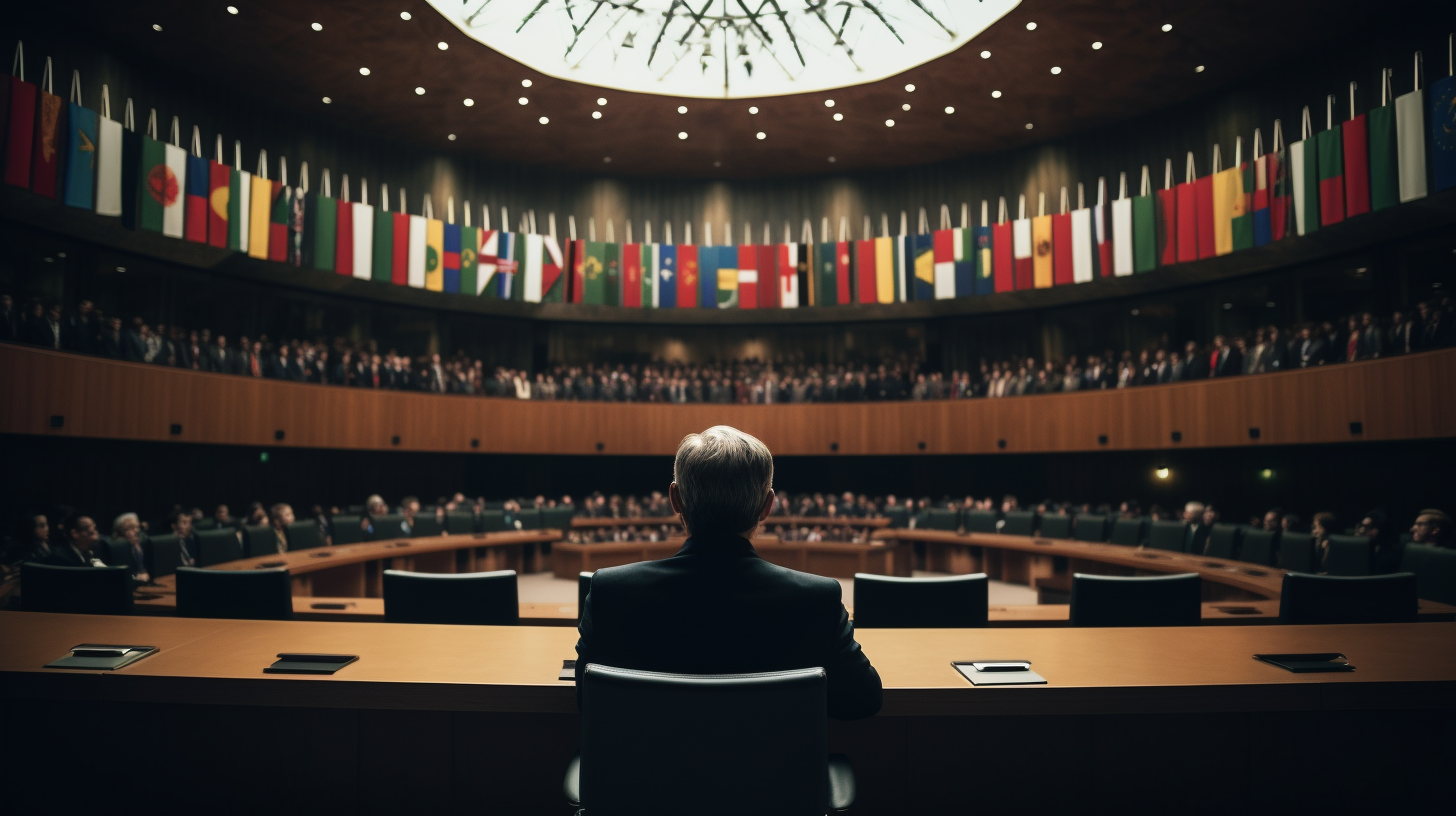
AMBIENCE OF THE SCENARIO:
